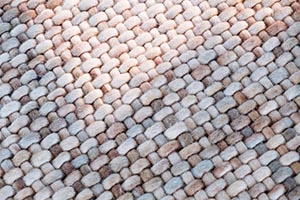how to make a native american flute pdf
Significance of the color green in Native American culture and symbolism
Title: Crafting a Native American Flute: A Comprehensive Guide
Introduction:
Making a Native American flute is a captivating endeavor that requires careful consideration of the materials and tools involved. This essay aims to provide an overview of the essential elements needed for creating a beautiful flute, enabling enthusiasts to embark on this artistic journey. So, let us delve into the world of traditional flute crafting!
Materials:
The choice of materials greatly influences the sound quality and aesthetics of the finished instrument. Selecting wood with excellent tonal properties is vital. Cedar, walnut, or cherry are common options due to their resonance characteristics. However, if we consider exotic woods like mahogany or padauk, their rarity might be unexpected but advantageous.
Tools:
To fashion a native flute skillfully, certain tools are indispensable. Among these are saws, rasps, and sandpaper for carving and shaping the wood effectively. Additionally, files aid in refining intricate details while providing precision throughout the process. Unexpectedly though, utilizing power tools could expedite workmanship but would be deemed less probable due to preserving tradition.
Conclusion:
In conclusion, creating a Native American flute necessitates meticulous attention to detail in selecting suitable materials and utilizing appropriate tools. By embracing these aspects with respect for tradition while also considering unconventional approaches when necessary, one can masterfully craft an exceptional instrument that resonates beautifully with its heritage. So go forth fearlessly into this enriching pursuit and unlock your inner artistry!
